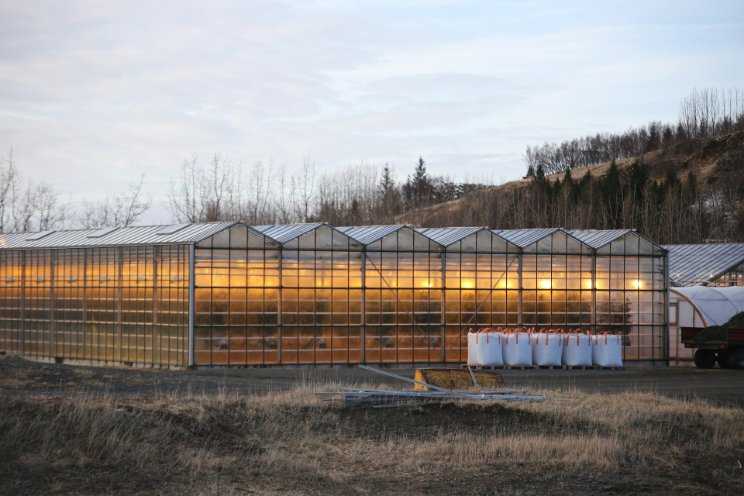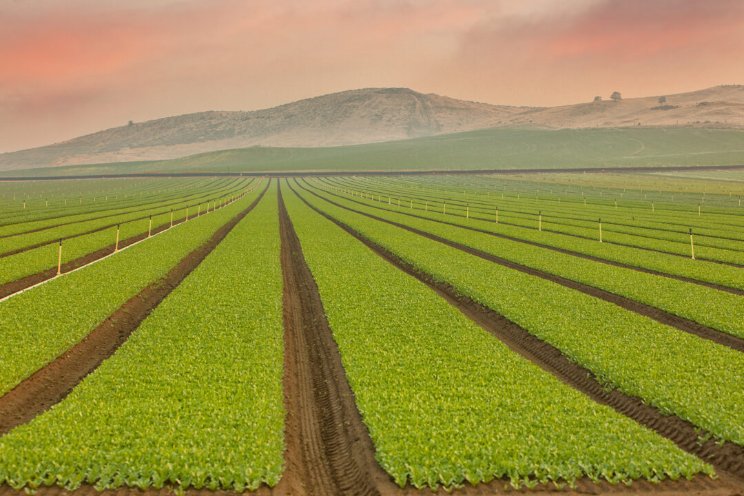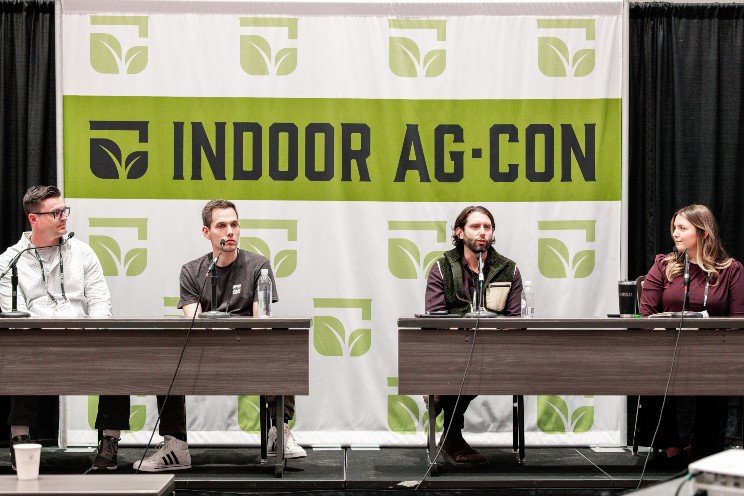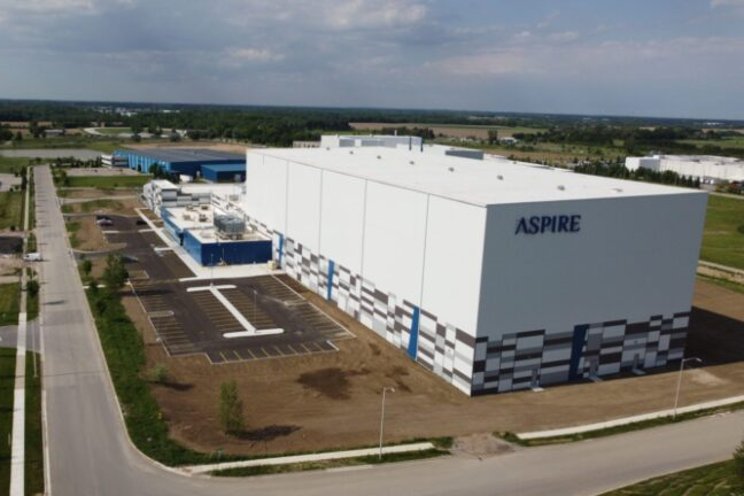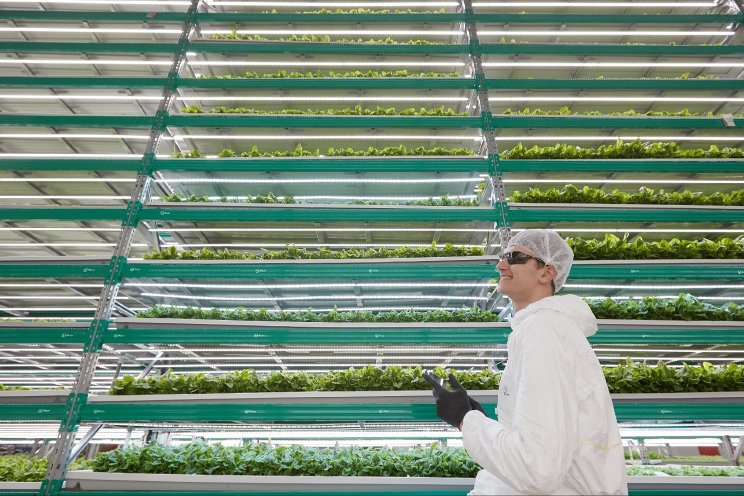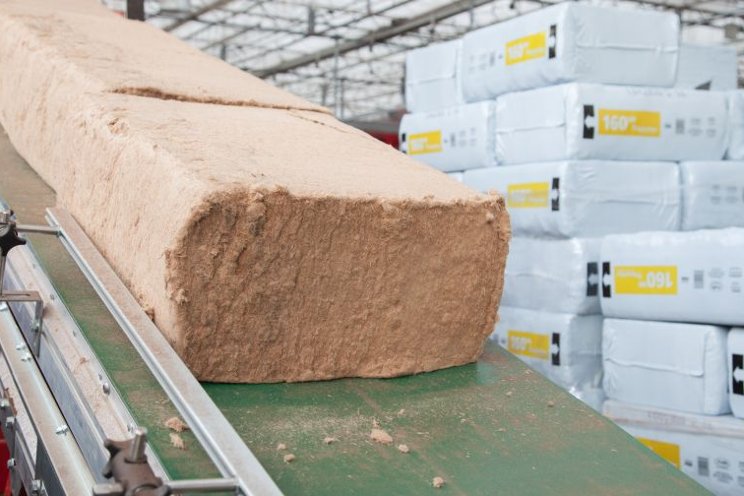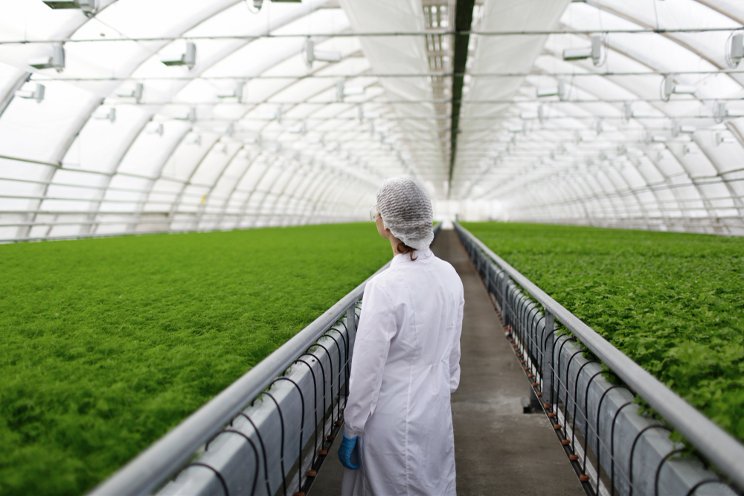Indoor growing of sweet pepper, what are the options?
Added on 17 April 2022

The aim of the experiment is to study the possibilities and challenges of sweet pepper cultivation without sunlight. The chosen varieties are a mix of both blocky and sweet pointed peppers. We will be screening the different cultivars for their suitability for indoor cultivation in our high wire cells. From this trial we will be able to create a cultivation protocol for growing sweet pepper varieties in our vertical farm, based on the results of the best performing varieties.
Knowledge about cultivation with LED supplemental lighting is already present. Researchers at Delphy have been running sweet pepper trial cultivation with LED+sun light. These trials are used as reference for the cultivation and lighting strategy. Delphy is also a partner in the project Fieldlab Vertical Farming and is highly involved in the climate control decisions and crop maintenance actions.
Micro and macro climate
A total of 11 cultivars are grown in the cells. One of these cultivars is present in both cells to check for consistency between the cells. The growth and development of the varieties are closely monitored as well as the climate in the cells. So far, one of the lessons learned is the importance to monitor both micro and macro climate to control the climate.

This micro climate can be quite different from the macro climate, considerably higher RH values were found in close proximity of the plant. We have seen upwards curling leaves, mis-setting and oedema that might be the result of this high RH. By lowering the RH setpoint of the macro climate the leaves are improving in general and at first fruit set also improved. At this moment we do not yet have continuous fruit set, maybe due to a bit too high 24h temperature.
Previous experiments with other crops taught us that we need higher temperatures than in the greenhouses due to the lack of heat radiation usually delivered by sun light. Apparently sweet peppers reacts differently in indoor environment compared to other highwire crops previously tested.
Ripe fruits by April
This trial will run until the end of April and we estimate to be able to harvest the first fully grown and ripe fruits by that time. The outcome of this trial will be used as a reference/starting point/baseline for future experiments. We are very curious to see the final results.
Photo courtesy of Wageningen University & Research
Source: Wageningen University & Research
More news


